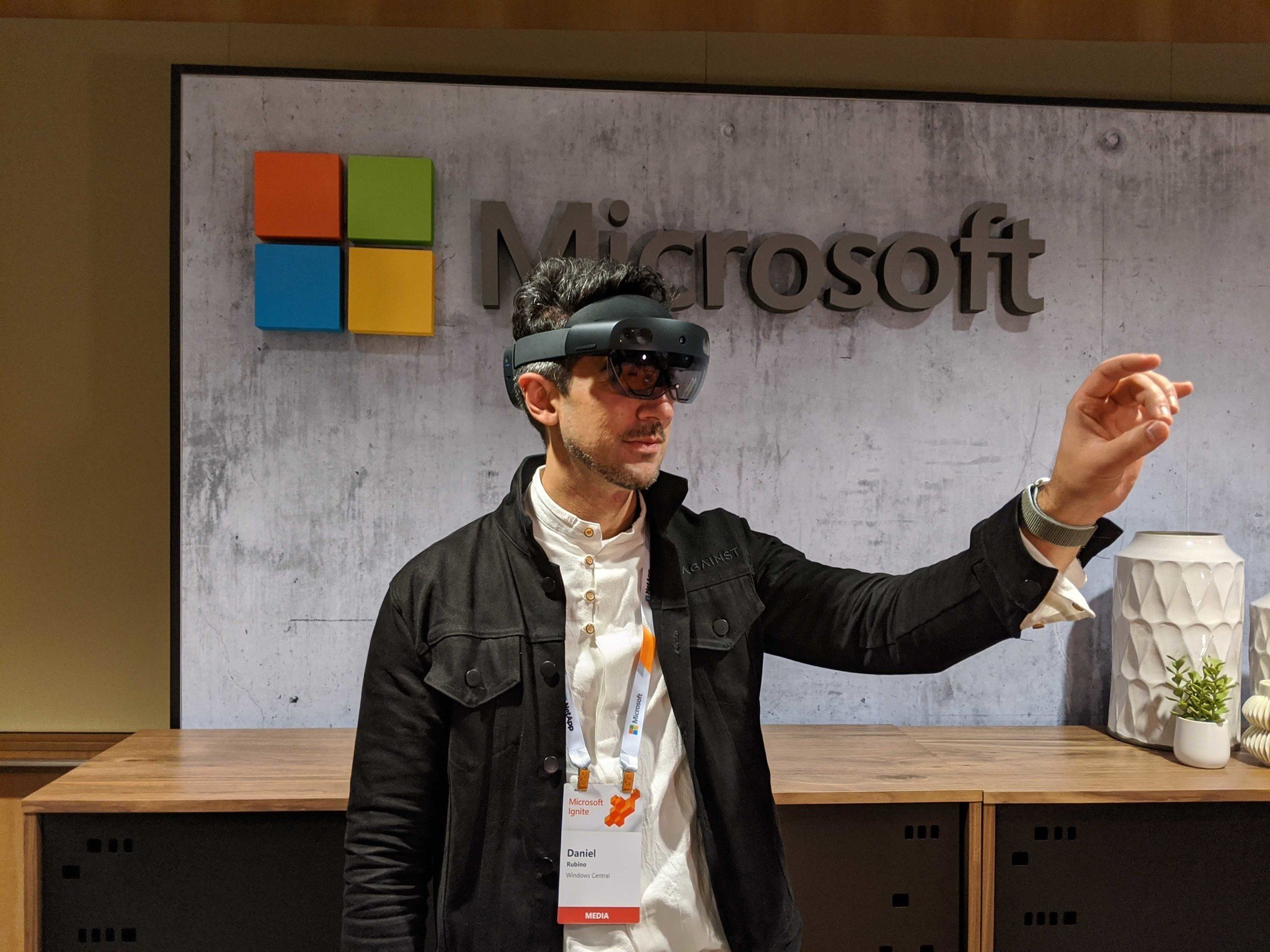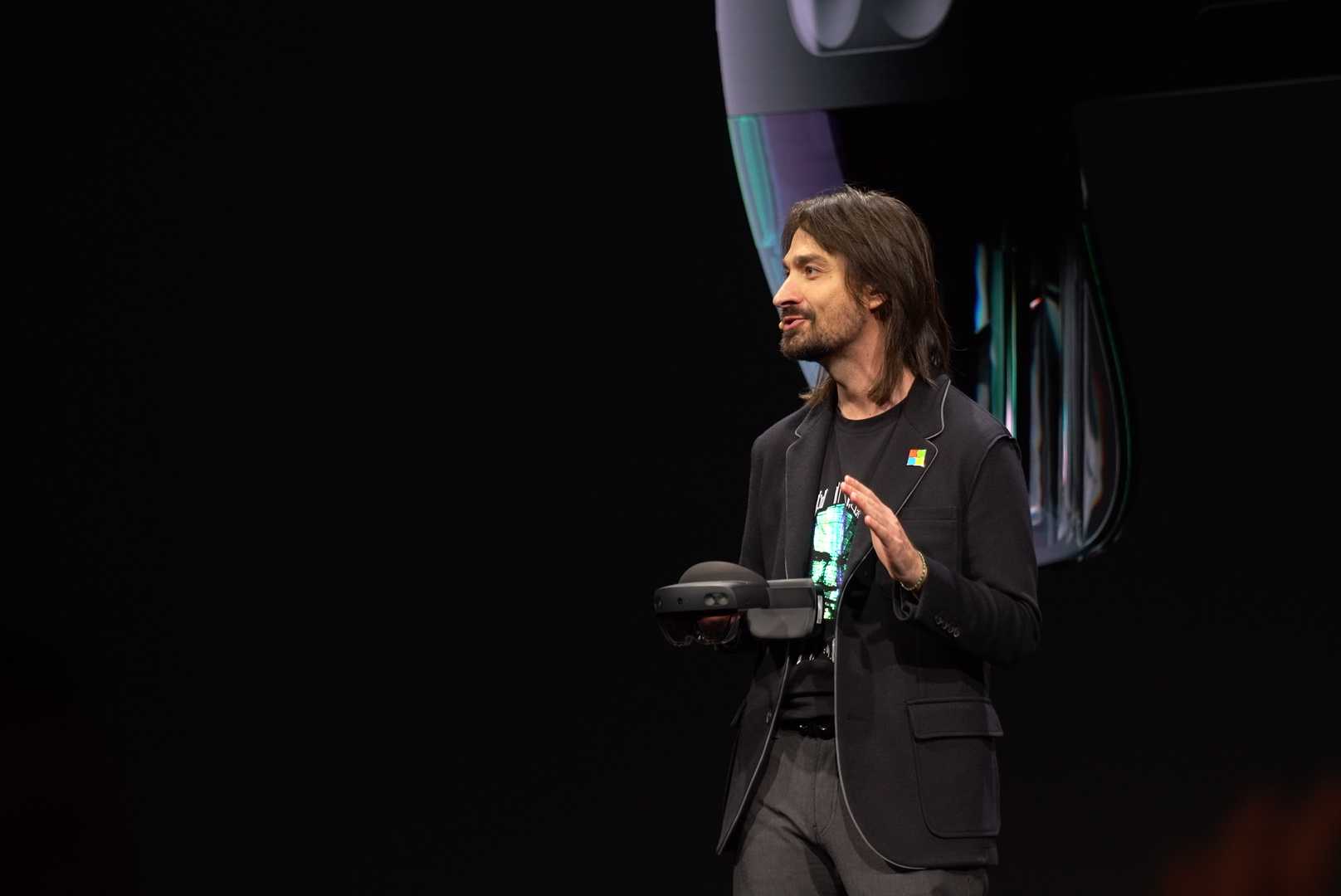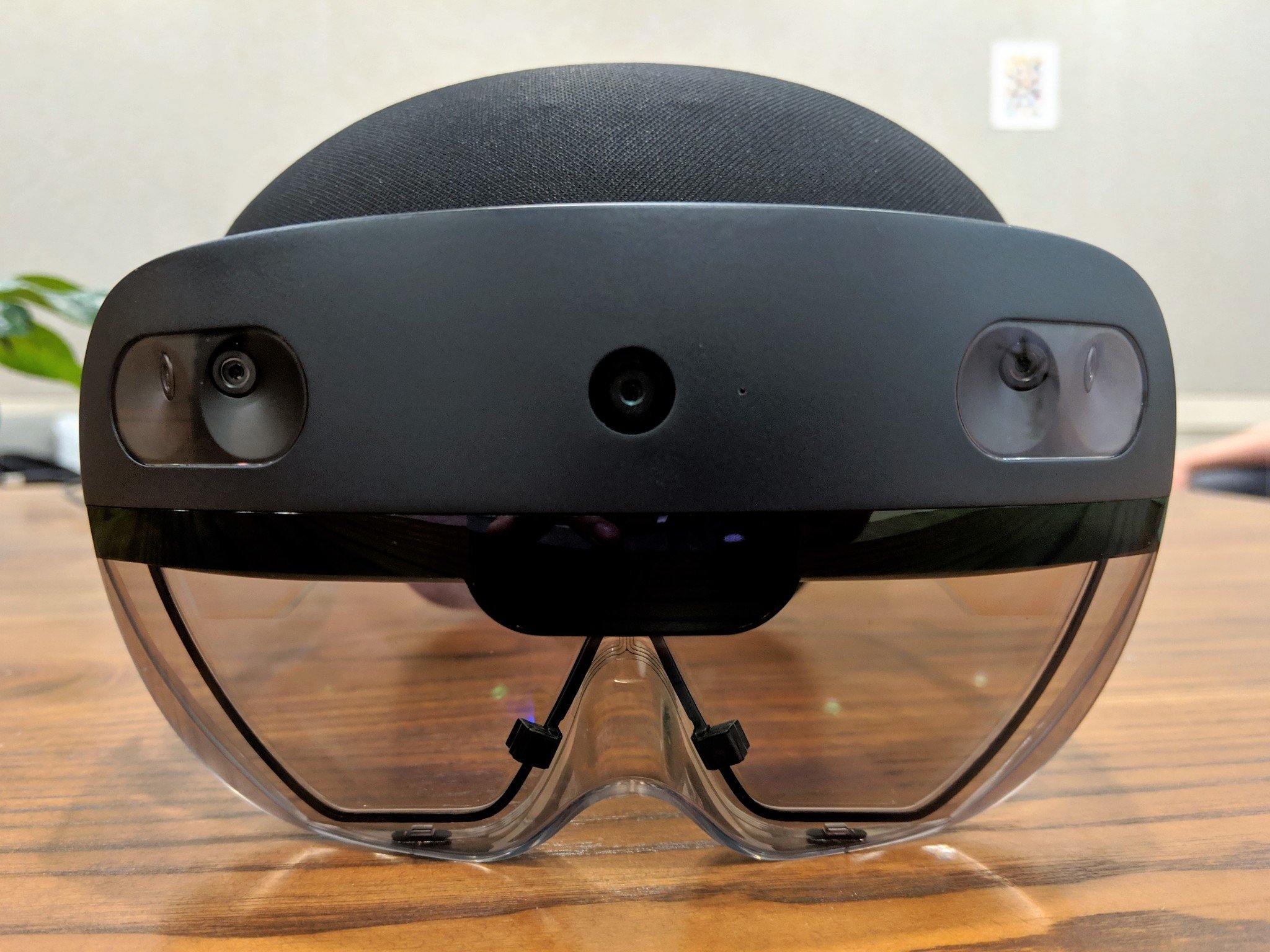Microsoft expands HoloLens 2 availability, adds 5G/LTE dongle support
HoloLens 2 adds 15 new markets this fall, while also going on sale online and in Microsoft Stores

What you need to know
- HoloLens 2 goes on sale this fall in 15 new markets.
- HoloLens 2 now supports 5G/LTE Ethernet dongles.
- Azure Spatial Anchors have left public preview.
- Microsoft highlights how HoloLens 2 is helping during COVID 19.
Microsoft's HoloLens 2 appears to be a hit with its professional and enterprise target market. The company is rapidly expanding availability to more markets due to strong demand and interest.
Moreover, today at Build, Microsoft is also announcing some related news around Azure mixed reality cloud services, enhanced features with HoloLens 2 including Ethernet for 5G/LTE support, and more usage cases from customers.
HoloLens 2 headed to 15 more markets

Although announced in February 2019, Microsoft didn't ship HoloLens 2 until months later in November. At the time, the $3,500 headset launched in ten markets, but just six months later, Microsoft is already expanding its availability to 25 countries.
Here is the complete list. The new markets are in bold, and they will get HoloLens 2 starting this fall:
- Australia
- Canada
- China
- France
- Germany
- Ireland
- New Zealand
- Japan
- United Kingdom
- United States
- Netherlands (New)
- Switzerland (New)
- Spain (New)
- Austria (New)
- Sweden (New)
- Finland (New)
- Norway (New)
- Denmark (New)
- Belgium (New)
- Portugal (New)
- Poland (New)
- Singapore (New)
- South Korea (New)
- Hong Kong (New)
- Taiwan (New)
Microsoft has also added new features to HoloLens 2 with a recent software update:
- Reconfigure and seamlessly set up new devices for enterprise production, with Windows AutoPilot
- Enroll HoloLens with your Mobile Device Management system using a provisioning package
- Hand Tracking improvements
- Support for additional system voice commands to control HoloLens, hands-free
- Expanded USB Ethernet enables support for 5G/LTE dongles
The addition of USB Ethernet support is exciting. HoloLens 2 is built on the Qualcomm Snapdragon 850 but without support for 4G LTE. At the time, Microsoft cited the lack of interest from customer partners in the feature, but evidently, things are changing with the advent of 5G. While HoloLens 2 itself still does not support 4G or 5G, customers can now use a USB Ethernet dongle with wiring to an LTE/5G portable device to enable connectivity anywhere needed.
And for the first time, in summer 2020, customers will be able to buy HoloLens 2 from Microsoft Store both online and in physical stores.
Get the Windows Central Newsletter
All the latest news, reviews, and guides for Windows and Xbox diehards.
Azure Spatial Anchors is now generally available
Part of what powers Microsoft Mixed Reality is the reliance on Azure, specifically Azure Spatial Anchors (ASA), which lets developers "map, persist and share 3D content at real-world scale." The cross-platform technology allows devs to create apps on Android, iOS, Windows, and other mixed-reality platforms that rely on real-world mapping (shared coordinate systems) to ensure a seamless experience.
While ASA has been around for a while, it is now going from merely a preview to general availability starting today.
Another important Windows mixed reality tool is Azure Remote Rendering (ARR), which, starting today, is now in Public Preview:
Azure Remote Rendering lets enterprise developers in industries such as manufacturing, engineering, construction, and retail bring the highest quality 3D content and interactive experiences to mixed reality devices, such as HoloLens 2. This service uses the computing power of Azure to render even the most complex models in the cloud. It streams them in real-time to your devices, so users can interact and collaborate with 3D content in amazing detail.
More information about both technologies is available at Microsoft's Mixed Reality Dev Days event, which starts May 21 through May 22 using AltspaceVR. Registration is free and open.
HoloLens 2 making a difference in the real world

Finally, while Microsoft's HoloLens 2 and its mixed reality ambitions are often hypothetical, there are some real-world examples of the technology being used. Microsoft highlighted three examples of institutions using its technology as a reaction to the COVID-19 pandemic.
- National Health Services (UK): A consortium of major industrial, technology, and engineering businesses from across the aerospace, automotive and medical sectors have come together to produce medical ventilators for the National Health Services. Microsoft HoloLens devices, running PTC's Vuforia Expert Capture software, are being used to train thousands of first-line workers on how to assemble the equipment being guided by visual, 3D, immersive instructions every step of the way. In the event these workers need help with assembly, they are leveraging Dynamics 365 Remote Assist enables hands-free video calling on the HoloLens to let operators collaborate with experts on a PC or mobile device.
- Case Western Reserve University (US): Remote learning at one of the nation's premier research institutions and medical schools has just taken on a new dimension. For the first time, instead of working together on campus, all 185 first-year students from Case Western Reserve University's School of Medicine are using Microsoft HoloLens 2 and the university's signature HoloAnatomy mixed-reality software, despite the physical separation created by the COVID-19 pandemic. The remote-learning application of HoloAnatomy is believed to be the first of its kind in the world and the latest advancement in the educational use of the holographic headset by Case Western Reserve.
- Avicenne Hospital/APHP Group (France): HoloLens 2 and Dynamics 365 Remote Assist are being used on the front lines by doctors and nurses. Mixed reality is enabling multiple medical professionals to jointly participate in visits and consultations while limiting the number of healthcare employees exposed to each patient. And, by using mixed reality to access virtual 3D copies of patient records, they are eliminating the passing of physical charts and reducing the number of times a doctor or nurse needs to touch equipment, helping them to minimize exposure while ensuring excellent patient care.
Deployment of #Hololens2 @Microsoft at @HopitalAvicenne @APHP @univ_spn in the ex orthopaedic Departement to minimise patient/doctor-nurse interaction in the frame of #Covid19 patients management: day2 @LaurentSchloss @adcayrac @Othmanchiheb pic.twitter.com/v3U8liHWCtDeployment of #Hololens2 @Microsoft at @HopitalAvicenne @APHP @univ_spn in the ex orthopaedic Departement to minimise patient/doctor-nurse interaction in the frame of #Covid19 patients management: day2 @LaurentSchloss @adcayrac @Othmanchiheb pic.twitter.com/v3U8liHWCt— Thomas GREGORY (@tms_gregory) April 1, 2020April 1, 2020
For those wondering about HoloLens 2 ever coming to the consumer market, unfortunately, there are no plans for this generation's hardware to make that leap. Still, Microsoft is on the right track in pursuing holographic technology while making an impact with professionals and developers around the globe.
All hope is not lost for consumers and fans of mixed reality, though, as HP is likely to reveal more information about its "next-gen VR" head-mounded display very soon. That headset, which was teased back in March, is made in cooperation with Microsoft and Valve. Likewise, we could see some updates to Windows 10 Mixed Reality later this year.

Daniel Rubino is the Editor-in-chief of Windows Central. He is also the head reviewer, podcast co-host, and analyst. He has been covering Microsoft since 2007 when this site was called WMExperts (and later Windows Phone Central). His interests include Windows, laptops, next-gen computing, and wearable tech. He has reviewed laptops for over 10 years and is particularly fond of 2-in-1 convertibles, Arm64 processors, new form factors, and thin-and-light PCs. Before all this tech stuff, he worked on a Ph.D. in linguistics, performed polysomnographs in NYC, and was a motion-picture operator for 17 years.
